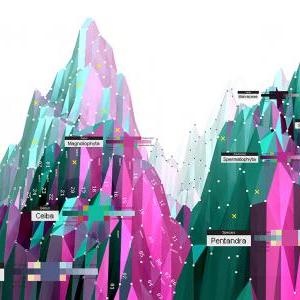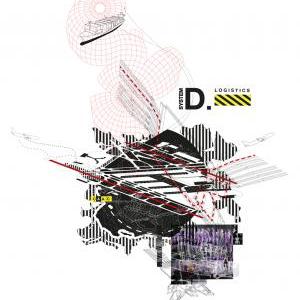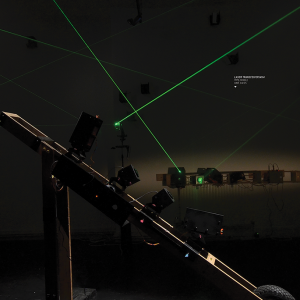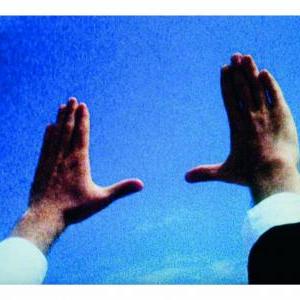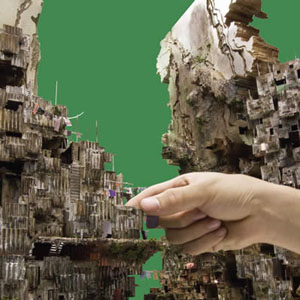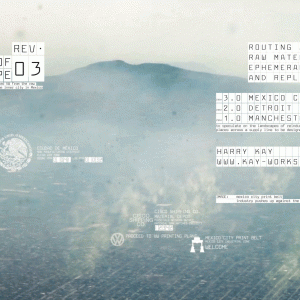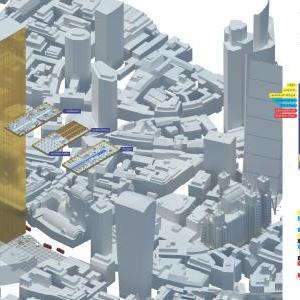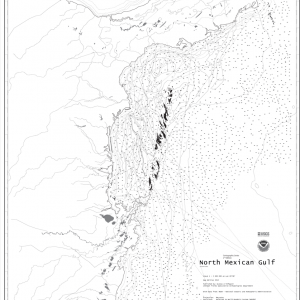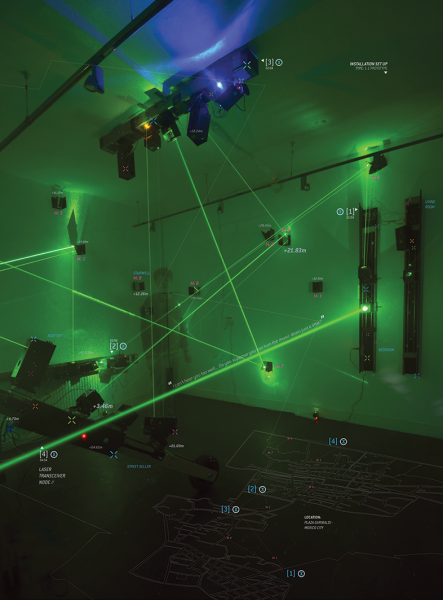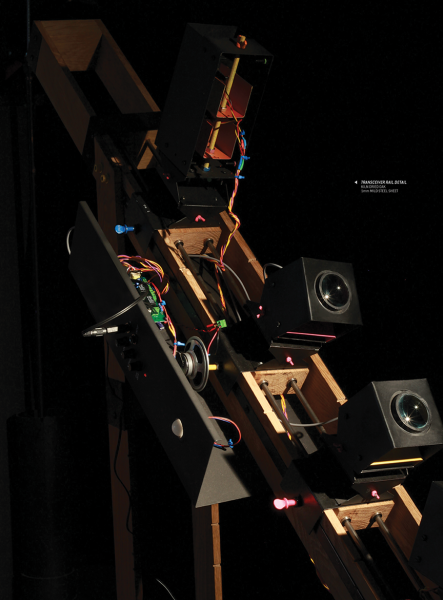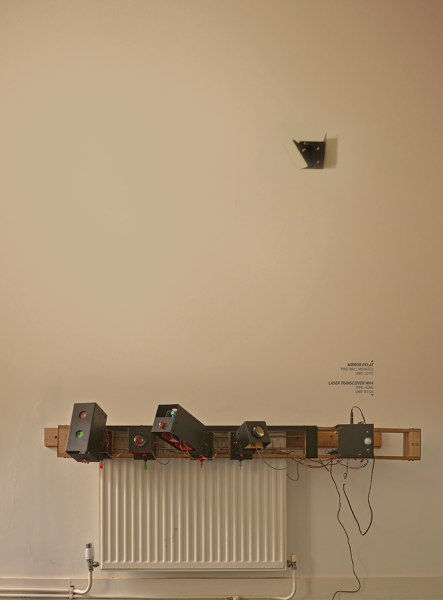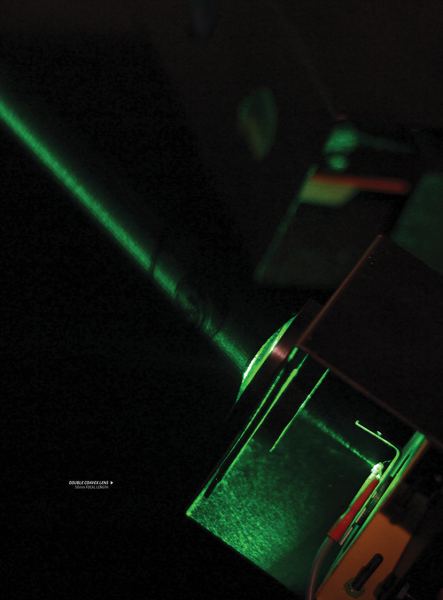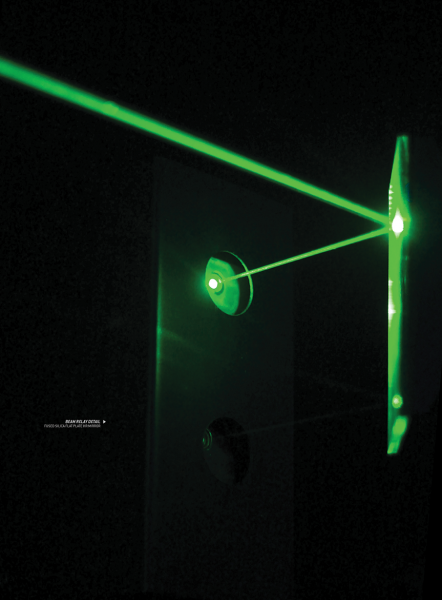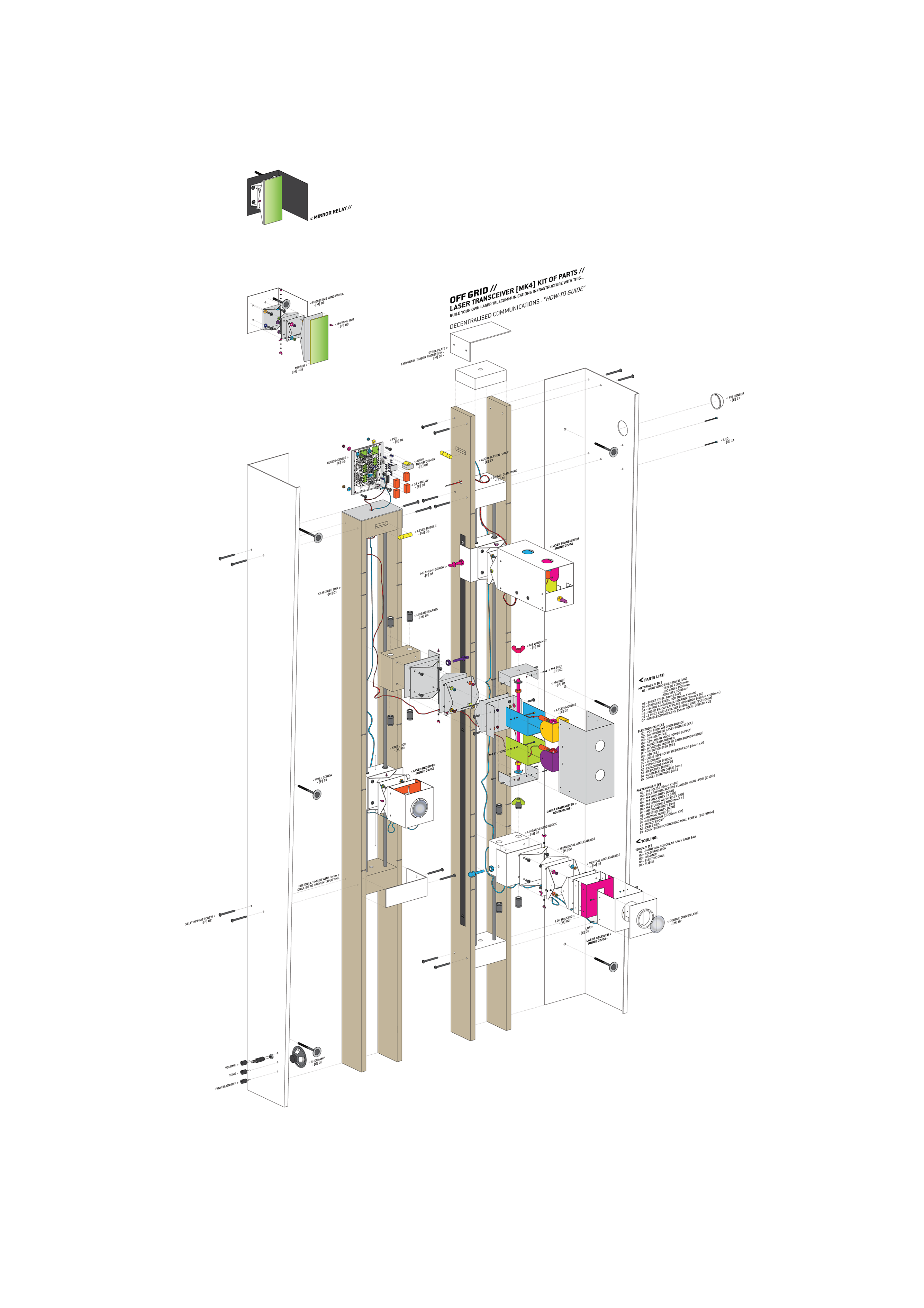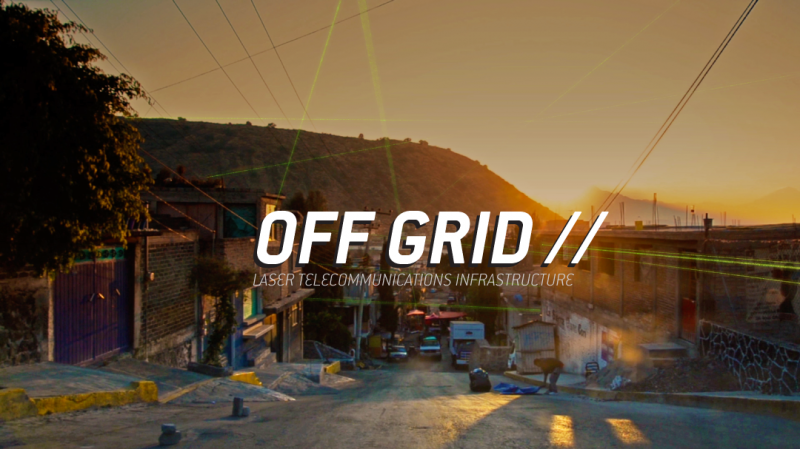The ‘Unknown Fields Division’ of Diploma 6 is a nomadic design studio that takes annual treks to the to explore peripheral landscapes, industrial ecologies and precarious wilderness. These landscapes – iconic, ignored, excavated, irradiated and pristine – are embedded in global systems that connect them in surprising and complicated ways to our everyday lives.
This year as the world of new-agers, mystics and psychonauts pilgrimage south, Unknown Fields journeyed with them to Central America to ponder the rise and fall of cities and civilisations, both ancient and modern, and to investigate the cultural and technological infrastructures that underpin them. These fallen empires leave infrastructural traces, evidence of their greatest dreams and fears. In this time of crisis, as the future again becomes a project and the Mayan long-count calendar starts anew, we have imagined what comes next.
As members of our Department of Irrational Logistics, Harry worked in the shadows of the megacity imagining the trail of a 3D-printed VW, from the raw material ports to the markets of inner-city Mexico, Stefan proposed an archipelago of season-free trade zones in landscape loopholes on the US-Mexican border, and Evan, as a consultant for Levis, suggested condensing the global supply chain of 501s into a single factory – the biggest building in human history. Tobias of our Finance and Speculations Division programmed an autonomous infrastructure of mobile server farms that drift along fibre optic cables and search for trading sites while Jack has rallied investors to fund a gold-plated residential tower that smuggles a social housing agenda into a skyline of wealth.
In our Laboratory for Instruments and Imagination, Artemis engineered a superstitious city of seismic instruments while Selim built a floating observatory to calibrate the edges of space. With our Simulated Botanies Group, Chapman subverted the cartel cocaine economy with a bioengineered coca seed, and Ling archived the DNA of an endangered Guatemalan rainforest in the digital landscapes of massive multiplayer games loaded on almost all the planet's machines.
Unit Masters
Liam Young
Kate Davies
Special Forces
Motion Designer Oliviu Lugojan-Ghenciu, Science Fiction Author Tim Maughan, Comic Illustrator Kristian Donaldson, Filmmaker Ilona Gaynor, Mexico Fixer Diego Trujillo, Photographer Carlos Alvarez Montero, Animator Jonathan Gales, Hacker Eleanor Saitta, the high-altitude research team at the Mexico Large Millimetre Telescope and the accommodating border guards at the Mexico, Guatemala and Belize border crossings.
William Gowland
Holding a 90% monopoly on telecommunications in Mexico, Carlos Slim is the world’s richest man. With little resilience and at the mercy of corporate greed, we put our faith in these aging centralised systems that are now beginning to show their cracks. William Gowland of our Tactical technologies Division has built the components for a network infrastructure that undermines and subverts this monopoly. Borrowing from the cartels radio communication network, a laser line of sight communication system is created that is not elicit or illegal, but off grid and under the radar. The result is a decentralised communication system that is local, ad hoc and resilient. A performative urban landscape emerges that facilitates the neighbourhood relationships, communities and markets that are lost in a city of global telecommunications. The system is open source and mobile, and the communities of the city soon develop their own constellation of transceivers and mirror relays, cultures, practices and procedures. The telecommunications monopoly is evolving into a DIY city of calibration graffiti, carved and sculpted building surfaces, reflectivity, absorbance and deregulated laser light conversations.
